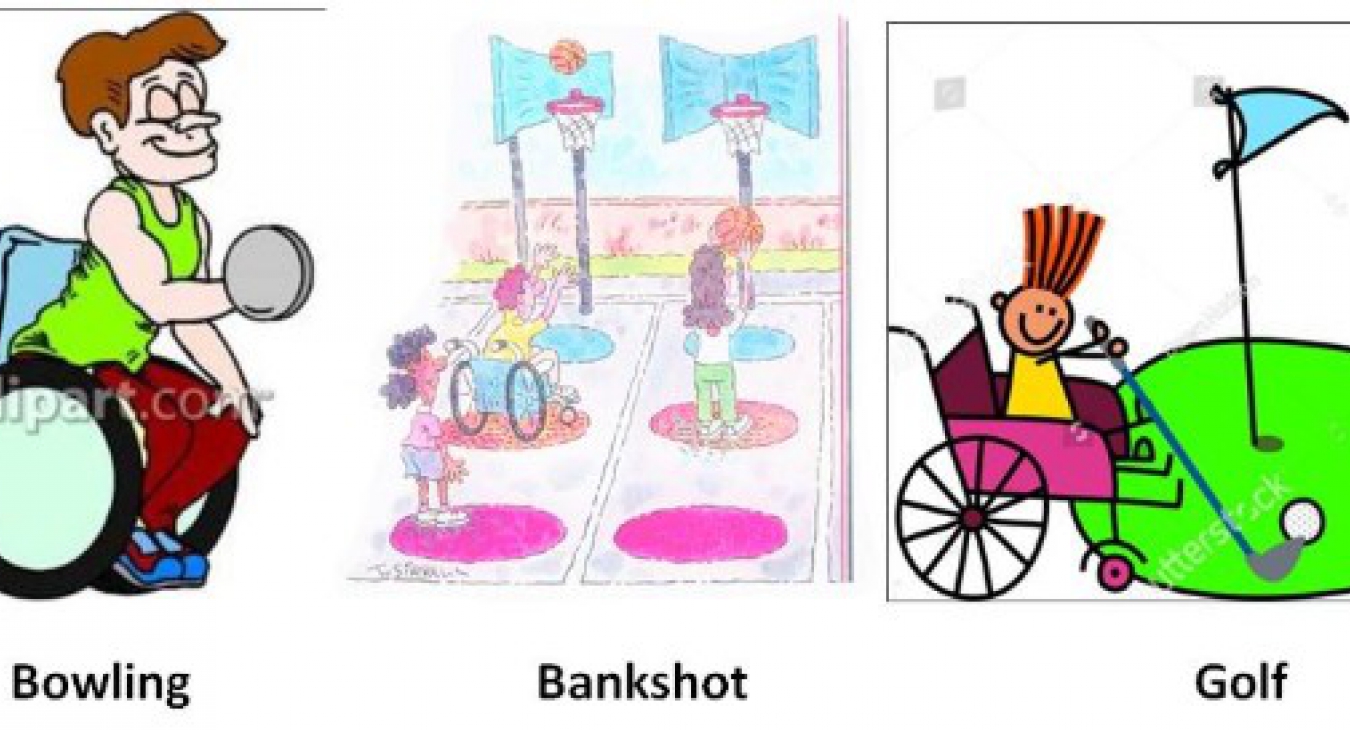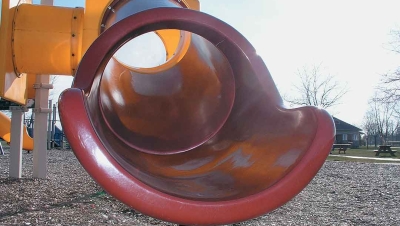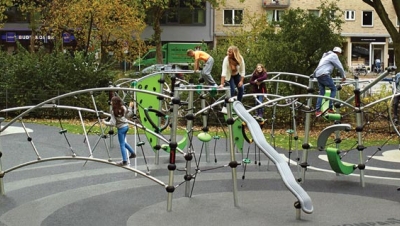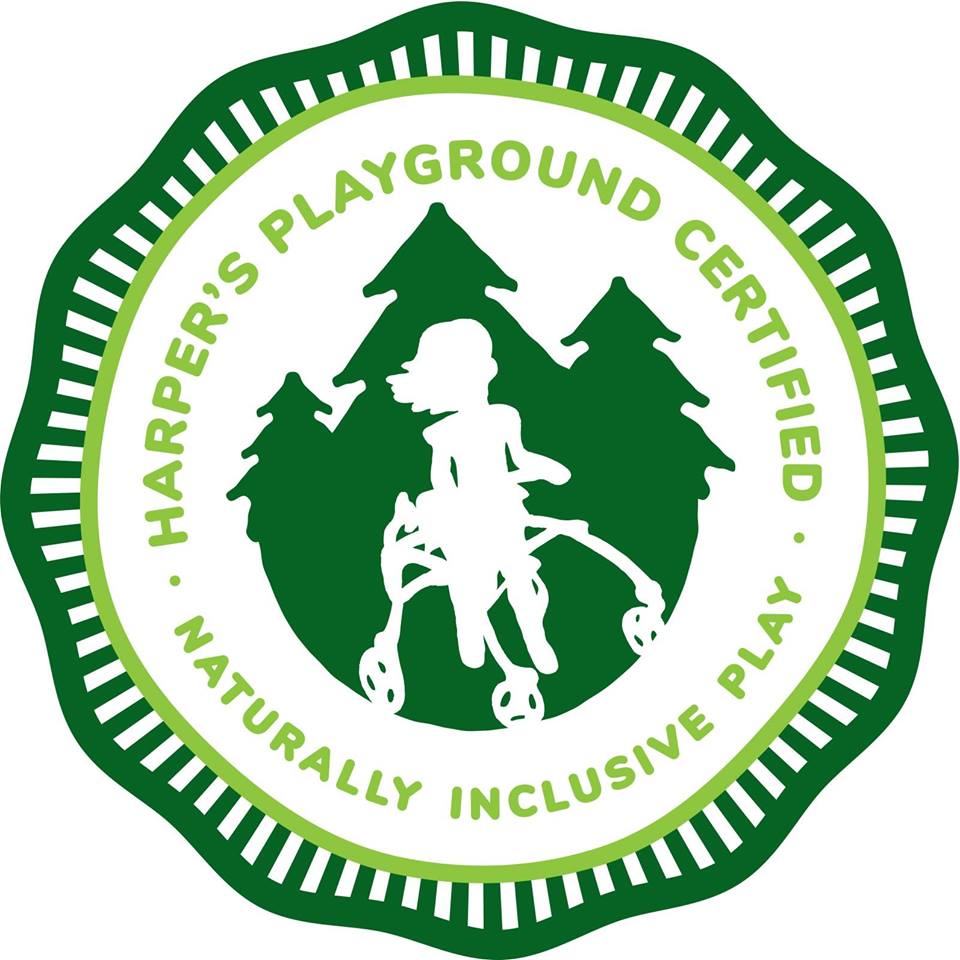Graphic courtesy of Bankshot Basketball
Here are 5 issues from the perspective of the sociology of recreation.
1. Accessibility or inclusion?
It is important to ask, “What’s the point of a ramp to an exclusionary facility like basketball, soccer and tennis and other fast-moving fields of play? What’s the point of accessibility without inclusion? When is the last time you saw a teenager in a wheelchair waiting to get into a basketball pick-up game? Why must he/she alone wait for a program?"
2. The Total-Mix sport concept vs. the Spectrum concept
The first mainstreams all segments of a population. The second offers a separate but unequal distribution of facilities, usually to the most vocal. And, special populations are not particularly vocal. Why aren’t we for them? Where are the ball-playing sports that bring communities together? These must be sports played companionably alongside others, not against rivals.
3. Programs vs. facilities
Our budgets and attention are heavily into the former. However, the average child has a number of drop-in facilities and need not wait for programs. He/she can drop-in on basketball, tennis, volleyball, and the like. Special populations do wait. The wheelchair user has no drop-in, walk-on, facility to spontaneously participate in playing ball with family or others. Communities do not do enough outreach for the differently able.
4. Playing ball
“Playfields” get the funds and space – tennis, baseball, football, soccer, rugby – where are the ball-playing sports that are companionable, friendly, non-aggressive? Where you do not have to defeat others! Why offer only fast-moving sports so that a wheelchair user cannot also walk on and participate with everyone else? Why must the differently able and non-athletes always remain marginalized? So many competitive, exclusionary, contact sports! Why are bowling, bankshot, and golf the only ball-playing sports played self-competitively? Why aren't there more of these? Why aren't there many?
5. Playing alongside others as opposed to playing against others
At issue is why so many aggressive, even violent, fast-moving, and therefore exclusionary ball-playing sports receive the space, funds, and attention? Why do exclusionary facilities precede inclusionary facilities? Why are there no Total-Mix ball-playing sports based on Universal Design?




















The cartoons showing
The cartoons showing wheelchair participants in three ball-playing sports wherein they play the challenge of the course. They do not have to defeat rivals. Companionable self-competitive sports conduce towards inclusion and diversity. "Healthy competition" as has been shown by students of social behavior is an oxymoronic contradictory concept.
Instead we recognize the reality: bowling, golf and bankshot! Three commendable, ball-playing, wheelchair friendly sports. They are sports played without opponents, taking on the challenge of the course itself rather than rivals. Self-competitive sports - "alongside play" - conduce towards inclusion and diversity. There should be more of these on the menu for all members of society sharing our commons with the differently able as the ultimate beneficiaries.